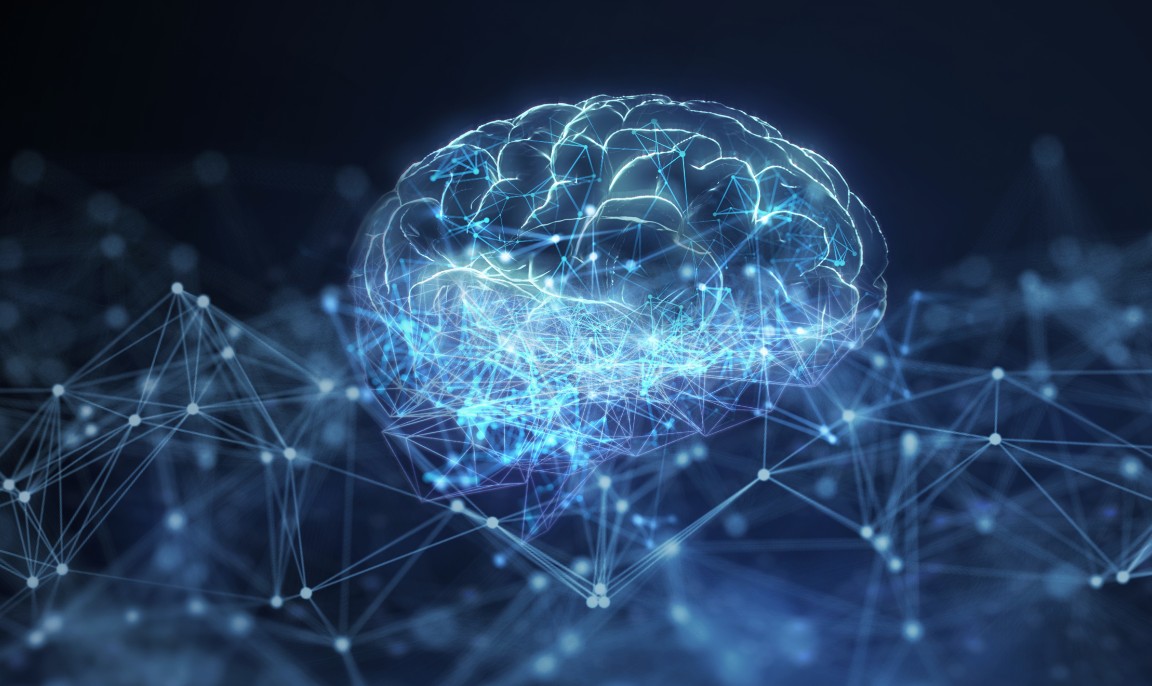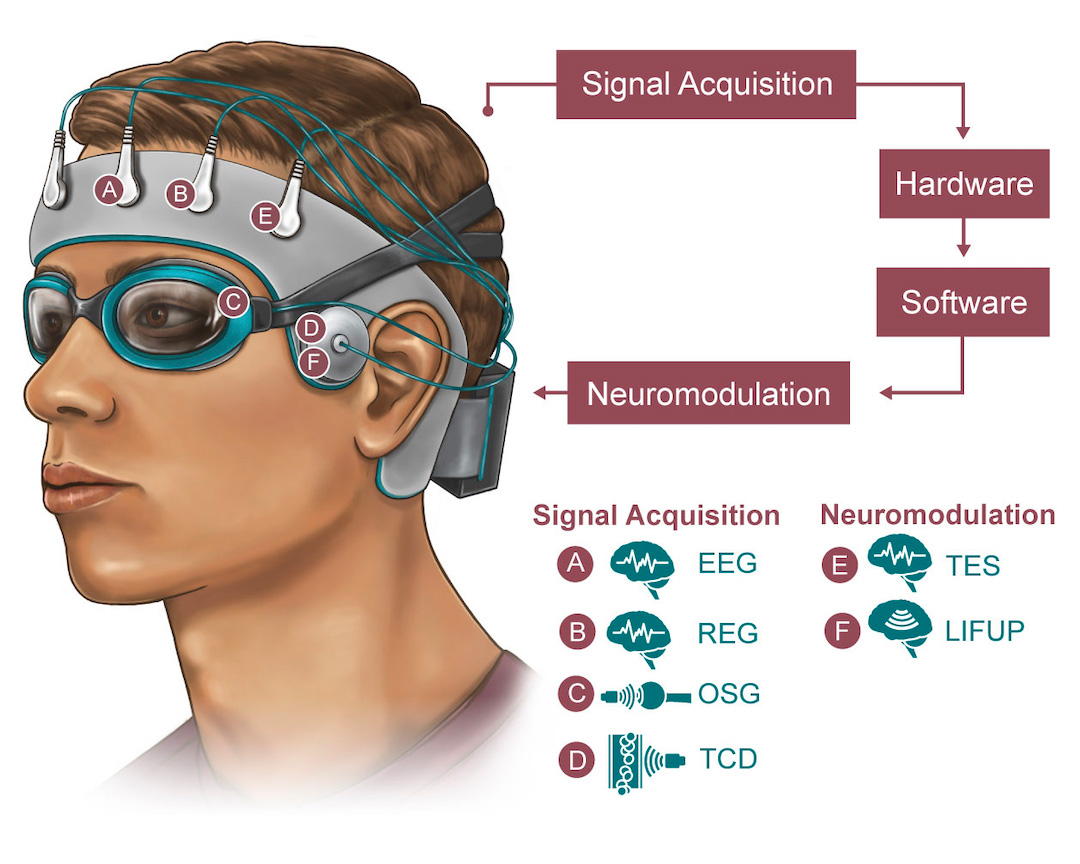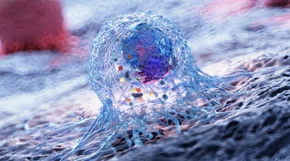
President’s Letter
2023 Metrics
Cycle of Translation
Visionary Gifts

Discovery to Clinic

Innovative Education

Translational Luminaries
Introduction
Jerold B. Katz Academy of Translational Research
Infectious Diseases Research Fund
Houston Methodist Dr. Mary and Ron Neal Cancer Center
Ann Kimball and John W. Johnson Center for Cellular Therapeutics at Houston Methodist
The Food & Health Alliance within the Houston Methodist Lynda K. and David M. Underwood Center for Digestive Disorders, Immunology Center and the Fondren Inflammation Collaborative
Houston Methodist Cockrell Center for Advanced Therapeutics
Paula and Joseph C. “Rusty” Walter III
Translational Research Initiative
COVID-19 Studies
Outcomes Research
Restorative Medicine
Houston Methodist Advances Research into Neural Prosthetics
Noninvasive Spinal Stimulation Works to Restore Movement After Spinal Cord Injury
An Innovative Approach to Treat Even the Most Stubborn-to-Heal Fractures
Cell Encapsulation May Hold the Key to Preventing Cell Transplant Rejection
Houston Methodist, Rice University, Baylor College of Medicine Design Noninvasive Tech to Help Remove Brain’s Metabolic Waste
Houston Methodist Investigators Nanotechnology Investigators Awarded Prestigious Grants from the Department of Defense
Precision Medicine
Cancer Cell Type (Seed) and Tumor Microenvironment (Soil) Control Therapeutic Antibody Delivery and Efficacy
Novel Drug Combination Can Target Triple-Negative Breast Cancer for Treatment
A Houston Methodist and Purdue University Breakthrough May Result in a More Effective Tuberculosis Vaccine
Importance of the Coronary Artery Calcium Score in Risk Assessment and Prevention of Atherosclerotic Cardiovascular Disease
New Virtual Intensive Care Unit Simultaneously Improves Patient Care and Bed Capacity
result
Introduction
Joint Weill Cornell–Houston Methodist Academic Institute Doctoral Program Welcomes its Inaugural Class
Visionary EnMed Program Soars to New Heights
Neural Control of Organ Degeneration and Regeneration (NeuralCODR) Training Program
Faculty and Research Development
Graduate Medical Education



Science in Service
of
Medicineresult
President's letter
2021 Metrics
Cycle of Translation
Visionary Gifts of Hope


Introduction

Ann Kimball and John W. Johnson Center for Cellular Therapeutics at Houston Methodist

Houston Methodist Dr. Mary and Ron Neal Cancer Center

The Food & Health Alliance within the Houston Methodist Lynda K. and David M. Underwood Center for Digestive Disorders, Immunology Center and the Fondren Inflammation Collaborative

Houston Methodist Cockrell Center for Advanced Therapeutics

Paula and Joseph C. “Rusty” Walter III Translational Research Initiative

Jerold B. Katz Academy of Translational Research

Infectious Diseases Research Fund

From Discovery to Clinic


What is "Discovery to Clinic"?

Restorative Medicine


Houston Methodist Advances Research into Neural Prosthetics

Noninvasive Spinal Stimulation Works to Restore Movement After Spinal Cord Injury

An Innovative Approach to Treat Even the Most Stubborn-to-Heal Fractures

Cell Encapsulation May Hold the Key to Preventing Cell Transplant Rejection

Houston Methodist, Rice University, Baylor College of Medicine Design Noninvasive Tech to Help Remove Brain’s Metabolic Waste

Houston Methodist Investigators Nanotechnology Investigators Awarded Prestigious Grants from the Department of Defense

Precision Medicine


Cancer Cell Type (Seed) and Tumor Microenvironment (Soil) Control Therapeutic Antibody Delivery and Efficacy

New Virtual Intensive Care Unit Simultaneously Improves Patient Care and Bed Capacity

Novel Drug Combination Can Target Triple-Negative Breast Cancer for Treatment

A Houston Methodist and Purdue University Breakthrough May Result in a More Effective Tuberculosis Vaccine

Importance of the Coronary Artery Calcium Score in Risk Assessment and Prevention of Atherosclerotic Cardiovascular Disease

Translational Luminaries




Discovery to Clinic

Restorative Medicine
Houston Methodist, Rice University, Baylor College of Medicine Design Noninvasive Tech to Help Remove Brain’s Metabolic Waste
Houston Methodist, Rice University, Baylor College of Medicine Design Noninvasive Tech to Help Remove Brain’s Metabolic Waste

Houston Methodist researchers have partnered with colleagues at Rice University and Baylor College of Medicine to develop a “sleeping cap” that can analyze and stimulate the proper flow of cerebrospinal fluid to “cleanse” the brain and thus amplify the restorative function of sleep. For this research, the U.S. Army has awarded the group $2.8 million, the first installment of a multiyear grant, through the Medical Technology Enterprise Consortium.
Cerebrospinal fluid flows through the brain glymphatic system to flush out misfolded proteins and other biochemical waste, a process first described only in the past decade. This glymphatic flow increases during sleep. By stimulating glymphatic flow, one can accelerate and improve brain “cleansing,” enhance restorative properties of sleep and boost brain function. According to the researchers, the standard method to determine cerebrospinal fluid flow in the brain is through magnetic resonance imaging, which requires heavy, difficult-to-transport equipment. Hence, developing technology that is small and portable has been of great interest, particularly for the Army.

Gavin W. Britz, MD, MPH, MBA, FAANS

Angelique Regnier-Golanov , PhD
“This unprecedented collaboration will not only give us more ideas for helping our soldiers in the field but also provide the spark for investigating and treating all brain diseases quickly and in real time,” said Gavin W. Britz, MD, MPH, MBA, FAANS, the Candy and Tom Knudson Centennial Chair in Neurosurgery and director of the Neurological Institute. “This will crack open a new field of gathering brain data noninvasively, and it’s never been done before.”
Along with Britz, Eugene Golanov, MD, PhD, professor of research and senior scientist Angelique Regnier-Golanov, PhD, will also be part of the efforts at Houston Methodist.

Houston Methodist and Baylor scientists are collaborating with Rice engineers to develop and validate this original technology in healthy volunteers and patients. They expect the final device to combine and analyze multiple streams of various physiological signals through machine-learning software. The merged data will eventually help clinicians get a real-time picture of how well the brain is clearing itself. Various techniques such as ultrasound and electromagnetic stimulation will be used to amplify glymphatic flow and thus improve sleep efficiency in civilian and military populations.
More from Discovery to Clinic












